The Best Strategies for House Training Your Pet
Training your pet to live harmoniously indoors is both rewarding and challenging. House training, often called housebreaking, is essential for a happy household and builds trust between you and your pet. While it requires patience and consistency, a well-trained pet brings immense joy to any home. This guide covers the best strategies for house training your pet, outlining effective methods and practical tips to simplify the process and make it smoother for both you and your furry friend. 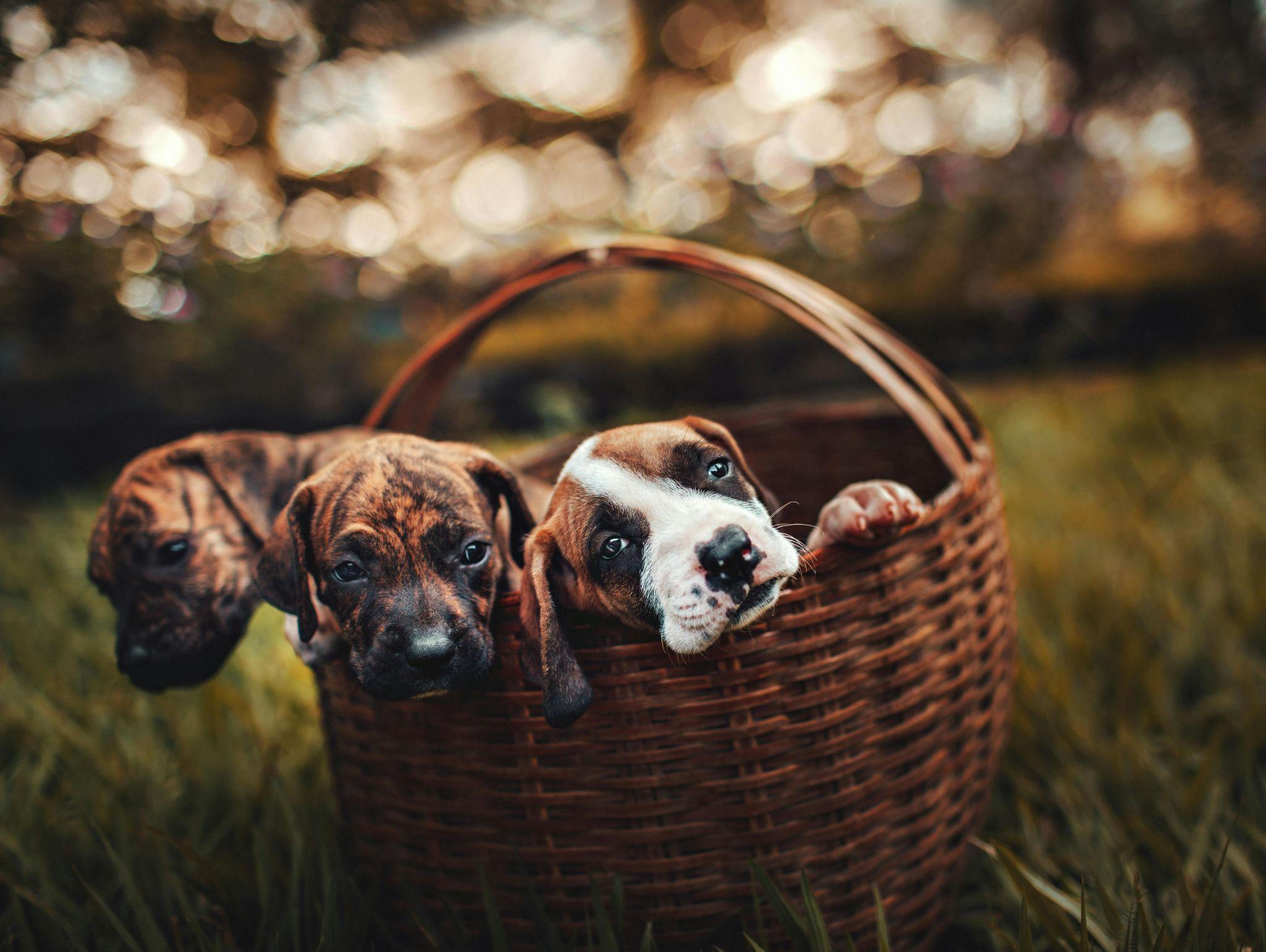
Why Is House Training Important?
House training is about more than teaching your pet where to relieve themselves; it builds a foundation of trust and understanding. Successfully house-trained pets tend to be healthier, happier, and more adaptable to household routines, benefiting both pets and their owners.
Understanding Your Pet’s Needs
Each pet has unique habits and needs, and understanding these differences can make house training easier. Dogs often respond well to routines, while cats tend to be more independent. Knowing your pet’s nature will help you choose the best house training methods.
Observing Behavior Patterns
Recognizing your pet’s behavioral cues is key to successful house training. Here are some common signs to watch for: https://truepetslove.com/product/fresh-step-cat-litter/
- Sniffing or circling: Often a sign they need to relieve themselves.
- Whining or scratching at the door: Indicates they may want to go outside.
- Restlessness or pacing: Common in unfamiliar spaces or when they need to relieve themselves.
Understanding these signals will help you proactively respond and reinforce good behavior. 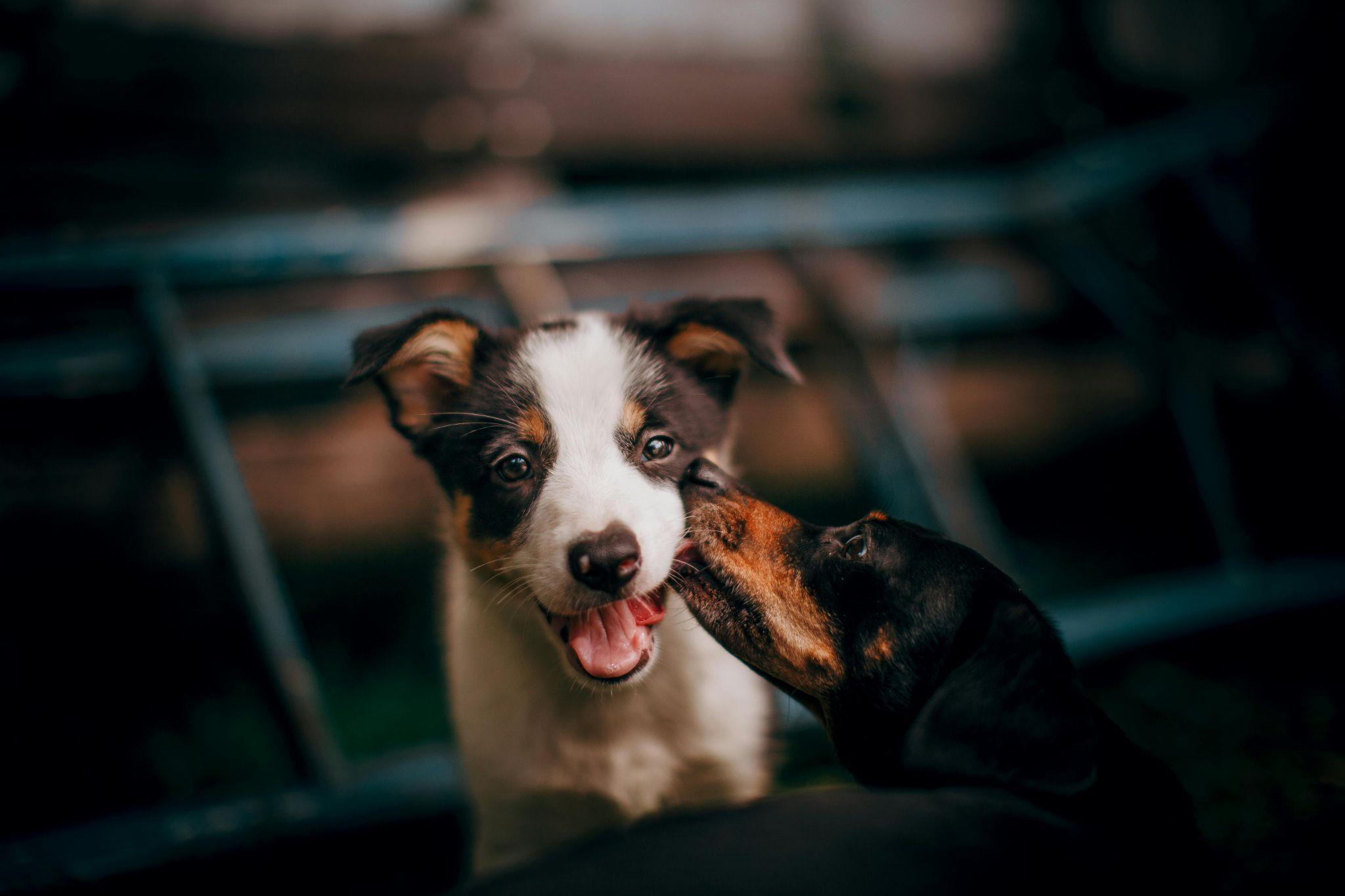
The Best Strategies for House Training Your Pet
House training isn’t a one-size-fits-all process, so you may need to try various approaches. Here are some of the most effective strategies for house training pets:
1. Establish a Routine
A consistent routine is one of the best house training methods. Pets thrive on predictability, so setting regular times for feeding, bathroom breaks, and exercise will help them develop good habits.
Morning and Evening Routines
- Morning: Start the day by taking your pet outside as soon as they wake up.
- Evening: Take them outside one last time before bed.
A regular schedule helps your pet know what to expect and when to expect it.
2. Designate a Specific Spot
Choosing a consistent spot for bathroom breaks helps pets understand where it’s appropriate to relieve themselves. This can be a specific patch of grass for dogs or a litter box location for cats. Familiarity with one area creates a sense of routine.
Tips for Creating a Dedicated Space
- Use scents: Pets often rely on scent markers, so allowing their scent to remain in their designated area will encourage them to return.
Clean up regularly: While a familiar scent can be helpful, ensure the area is generally clean to encourage repeated use. 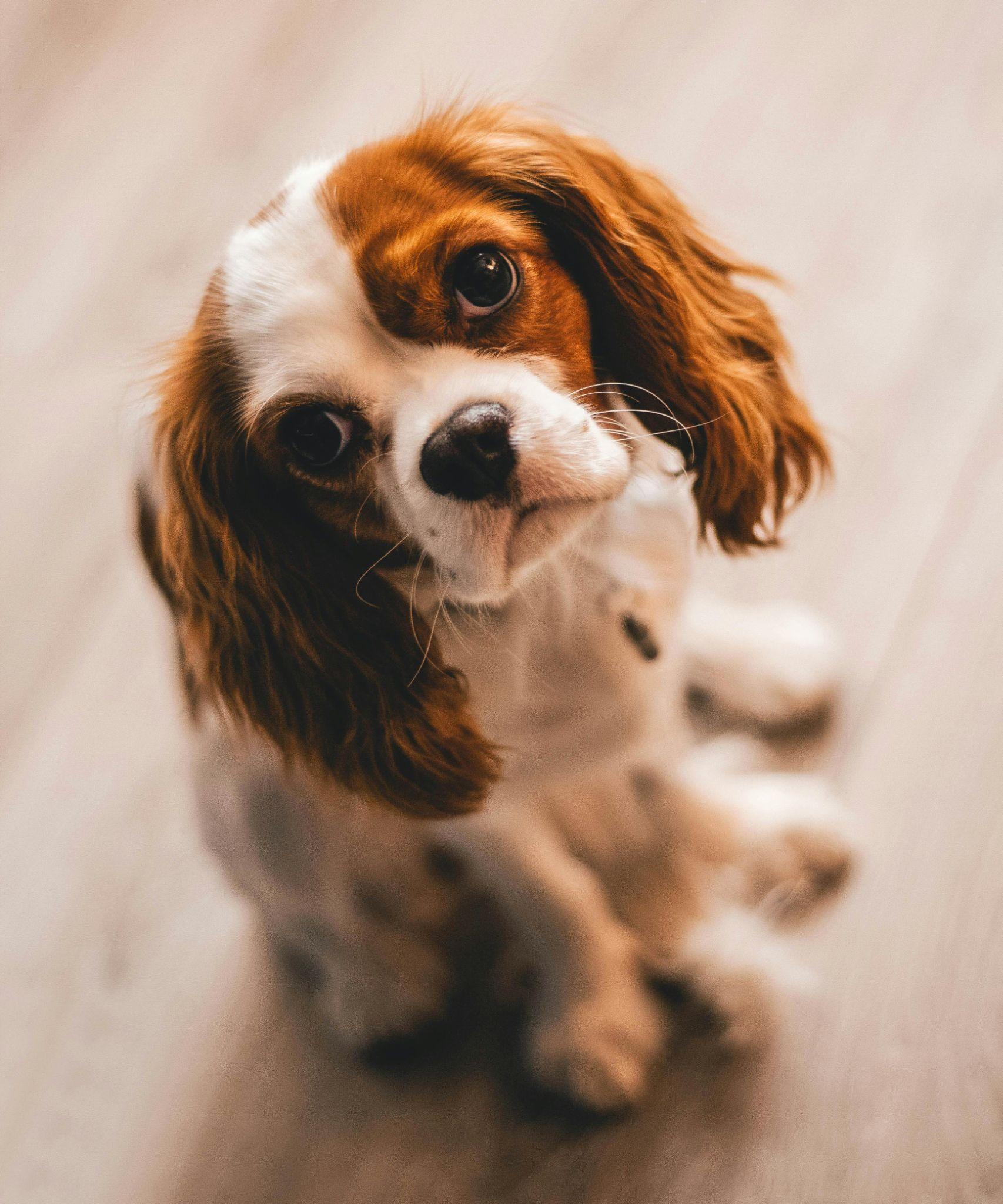
3. Reinforce Good Behavior with Positive Rewards
Positive reinforcement is a proven house training method that involves rewarding your pet for successful bathroom breaks. This approach strengthens the bond between you and your pet while promoting faster learning.
Effective Reward Ideas
- Treats: Offer a small treat immediately after they use the correct spot.
- Praise: Simple, enthusiastic praise like “Good job!” can be very effective.
- Playtime: Some pets respond well to extra playtime as a reward.
Timing is crucial, so make sure to reward your pet right after they’ve done the correct action.
Common Challenges and Solutions
House training can be straightforward, but some challenges may arise, especially with young or rescued animals. Here are solutions to common issues along with housebreaking tips to help you stay on track. https://truepetslove.com/product/amazon-pet-carrier/
Handling Indoor Accidents
Accidents are inevitable in the learning phase. Rather than punishing your pet, calmly clean up the mess and remove any lingering odor.
How to Respond to Accidents
- Avoid yelling: Negative reactions can create fear and lead to further issues.
- Use enzymatic cleaners: These break down urine molecules, preventing pets from returning to the same spot.
- Redirect gently: If you catch them in the act, take them calmly to their designated spot.
Managing Separation Anxiety
Some pets, especially dogs, may experience separation anxiety, which can lead to accidents indoors. Training them to be comfortable alone is an important aspect of house training.
Tips for Reducing Separation Anxiety
- Gradual alone time: Start with short absences and gradually increase the duration.
- Create a cozy space: Provide a comfortable area with familiar toys or blankets.
- Avoid dramatic exits and entrances: Low-key arrivals and departures can reduce anxiety.
Tools and Techniques for Effective House Training
Using the right tools can make house training smoother and more effective. Here are some tools and techniques worth considering:
Crate Training for Dogs
Crate training can be effective, particularly for dogs. When used properly, a crate can be a safe, cozy space that reinforces bathroom routines, as most pets avoid soiling their resting area.
Steps for Successful Crate Training
- Introduce the crate gradually: Make it a positive space by adding treats or toys.
- Set a schedule: Use the crate during specific times, like bedtime or when you’re away.
Avoid long periods inside: Limit time in the crate to prevent stress. 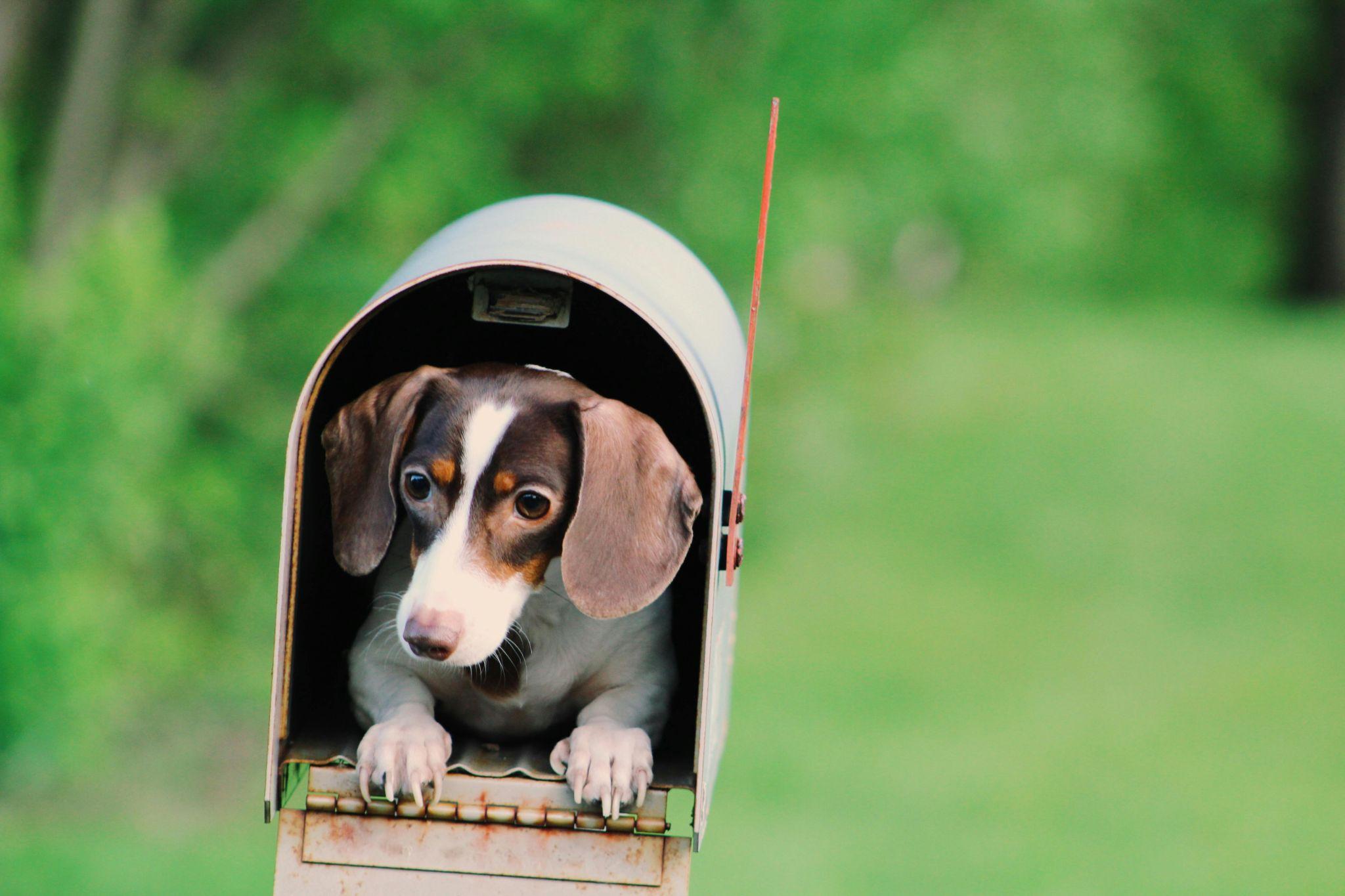
Litter Box Training for Cats
Litter box training is essential for indoor cats. The key to success is a clean, accessible box that your cat feels comfortable using.
Litter Box Placement Tips
- Choose a quiet area: Cats prefer privacy, so place the box in a low-traffic space.
- Keep it clean: Cats are fastidious creatures, so ensure the box is cleaned regularly.
- Avoid sudden changes: If you need to relocate the litter box, do so gradually to avoid confusion.
Training Differences: Puppies vs. Adult Dogs
The basic house training strategies are similar, but some approaches vary depending on whether you’re training a puppy or an adult dog.
House Training Puppies
Puppies require more frequent bathroom breaks. Here are some specific tips for puppies:
- Frequent breaks: Take them out every 1-2 hours, especially after meals or naps.
- Puppy pads: If outdoor access is limited, pads can help during the early training stages.
House Training Adult Dogs
Adult dogs may have established habits, which can be challenging to adjust. Patience and consistency are key when training an adult dog. https://truepetslove.com/
- Be patient: Adult dogs might take longer to learn, especially if they’ve had prior owners.
- Stick to a consistent schedule: Regular routines reinforce new habits.
Essential Housebreaking Tips for Success
Here’s a quick recap of some effective housebreaking tips to keep in mind during training:
- Stay consistent: Routines and designated spots help establish habits.
- Reward good behavior: Reinforce positive actions with praise, treats, or play.
- Practice patience: House training takes time, so allow your pet to learn at their own pace.
- Use training tools wisely: Crates, puppy pads, and litter boxes are useful when used correctly.
Avoid punishment: Focus on rewarding desired behavior instead. 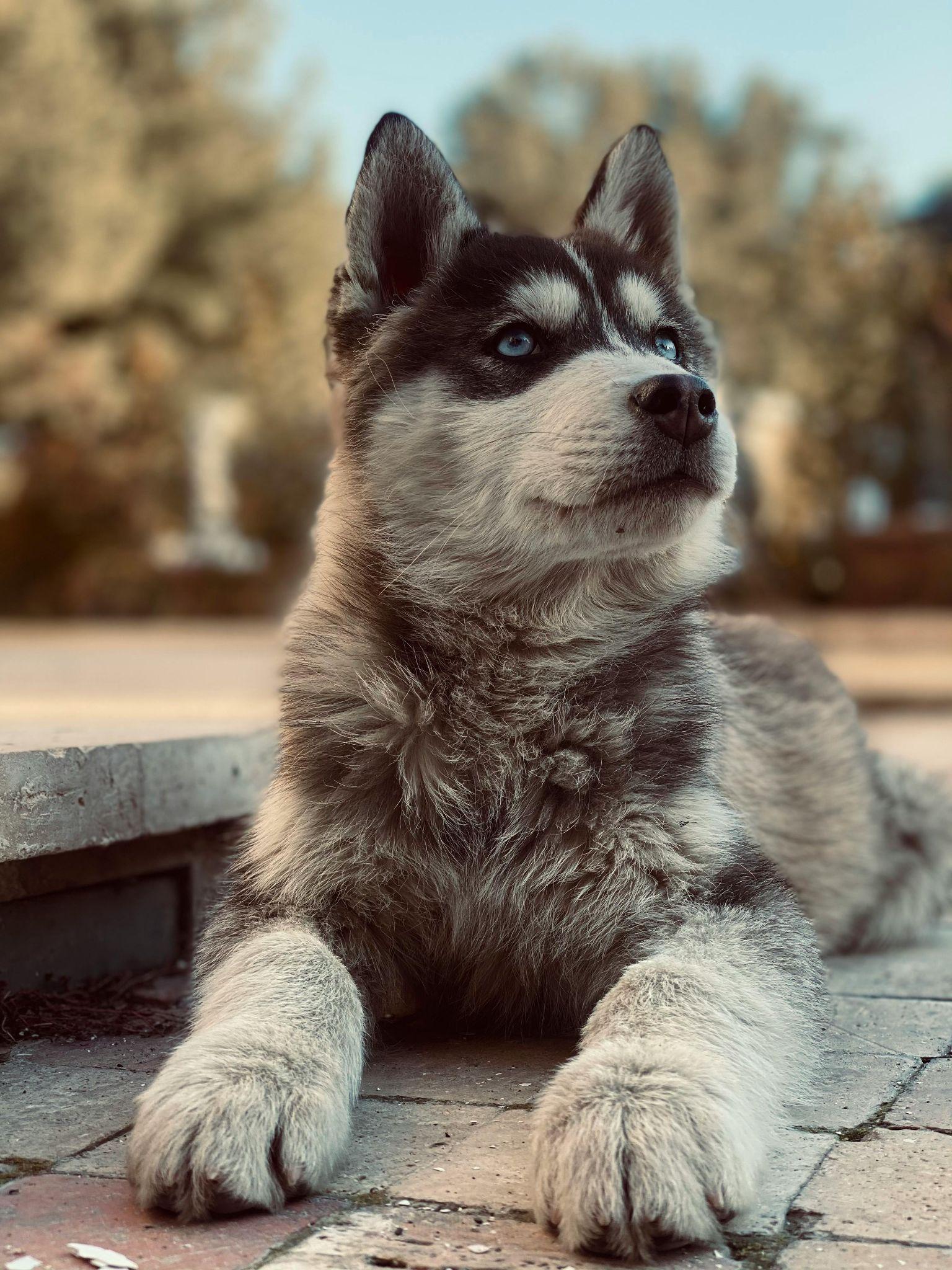
Enjoy the Journey of House Training
House training can be challenging, but it’s a journey well worth the effort. With the best strategies for house training your pet, you’re setting a foundation for a well-behaved and happy household. By staying consistent, patient, and positive, you’re creating a harmonious life with your pet. Remember, every pet learns at their own pace, so trust the process and celebrate every small victory along the way.
